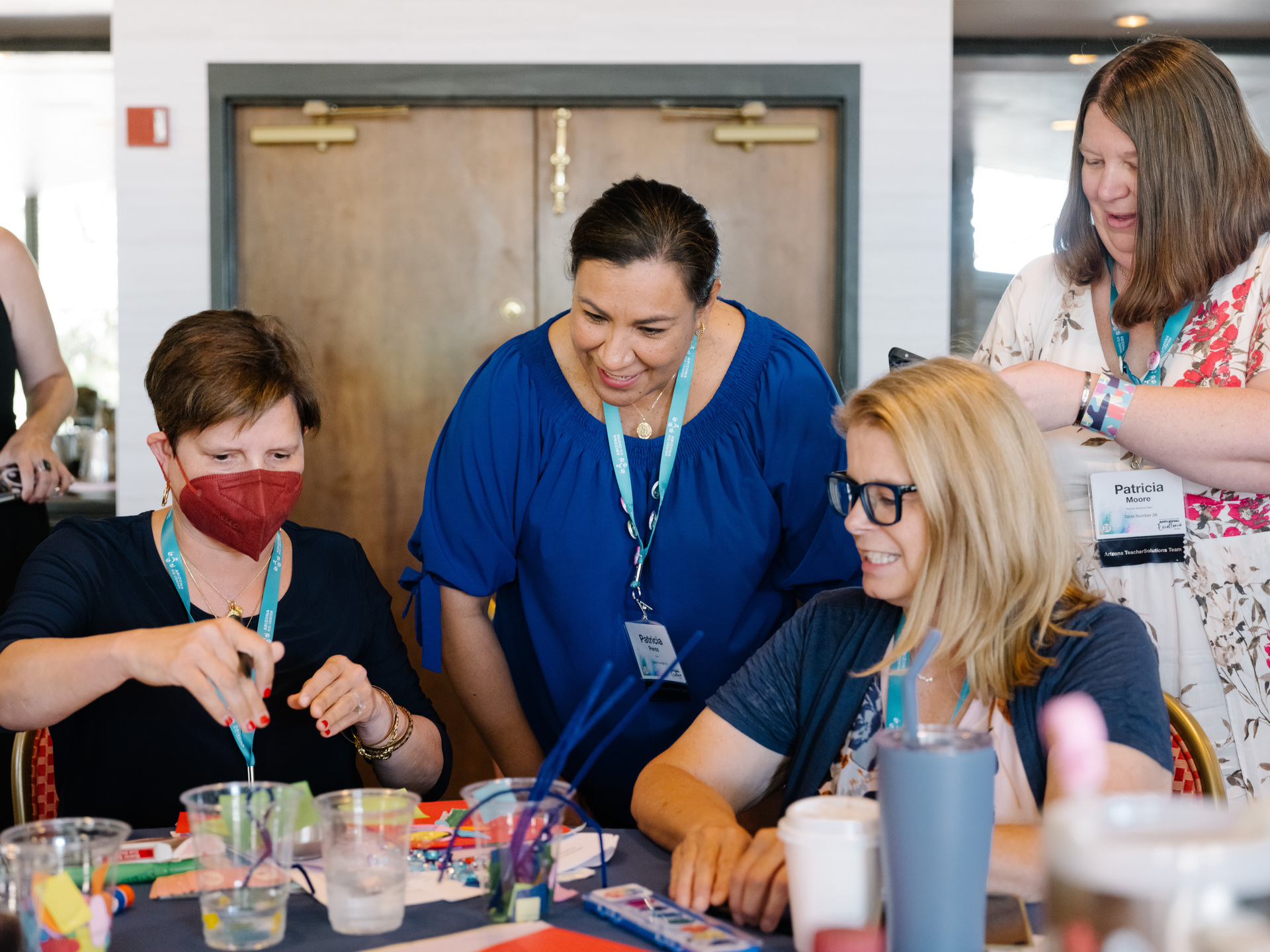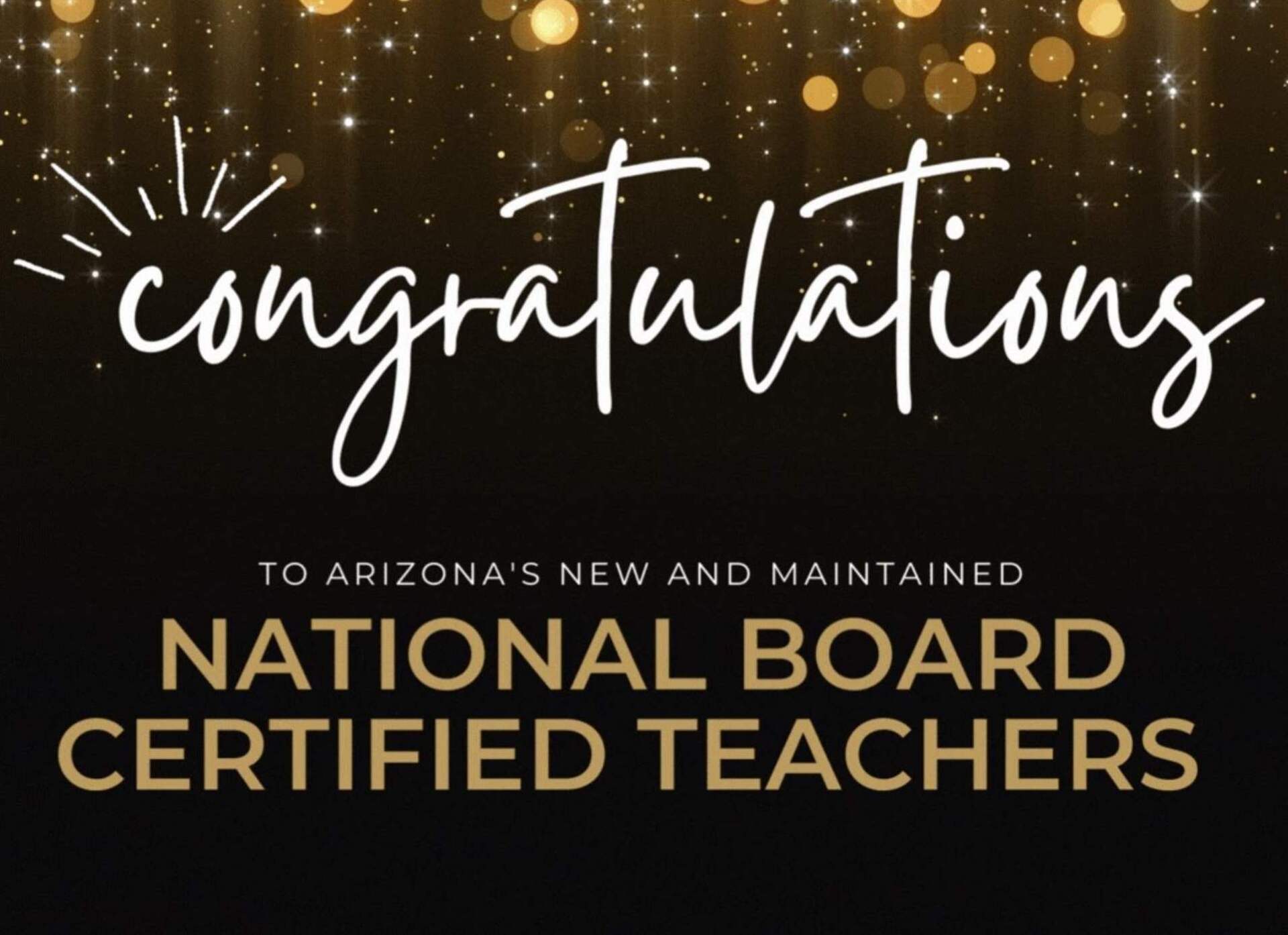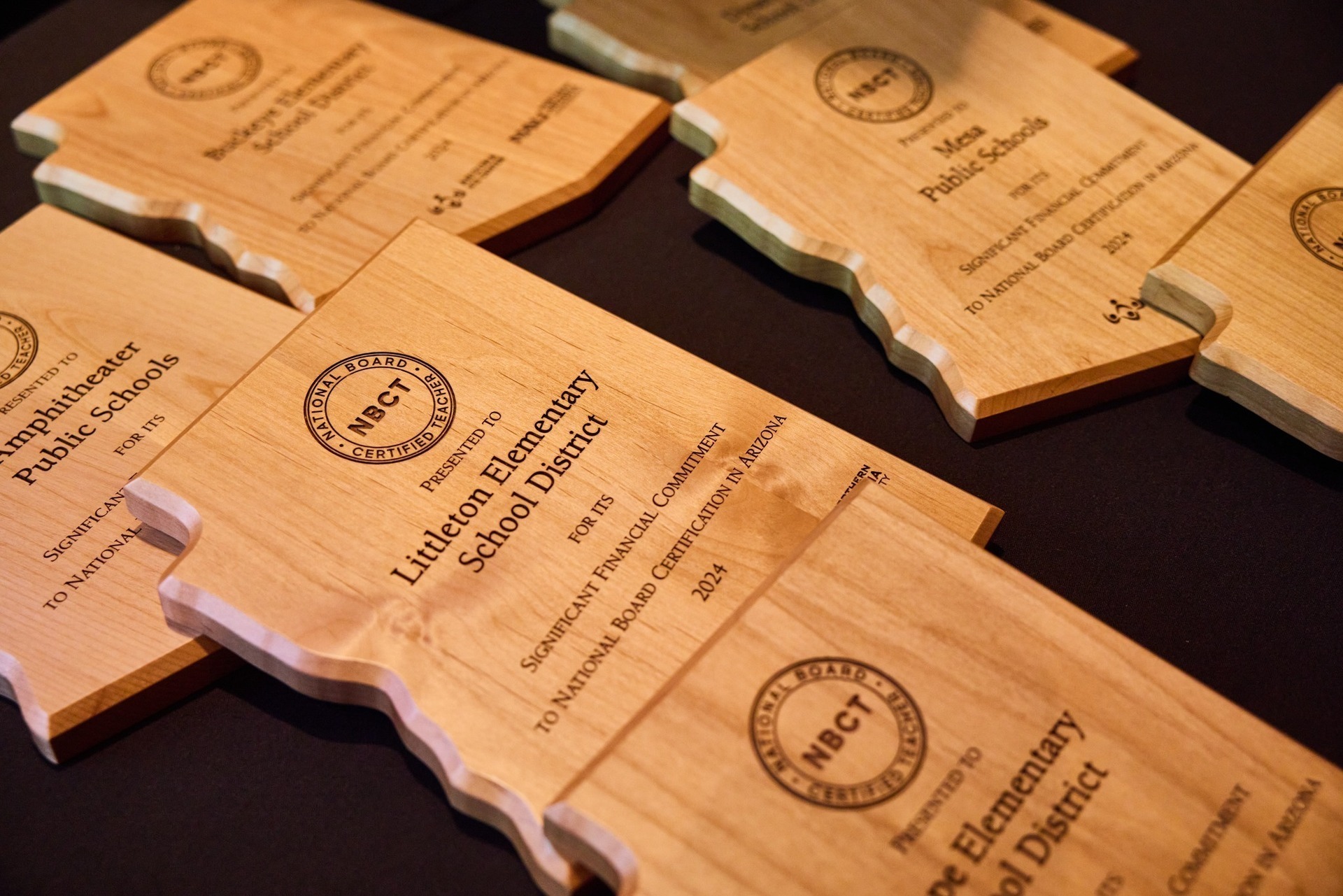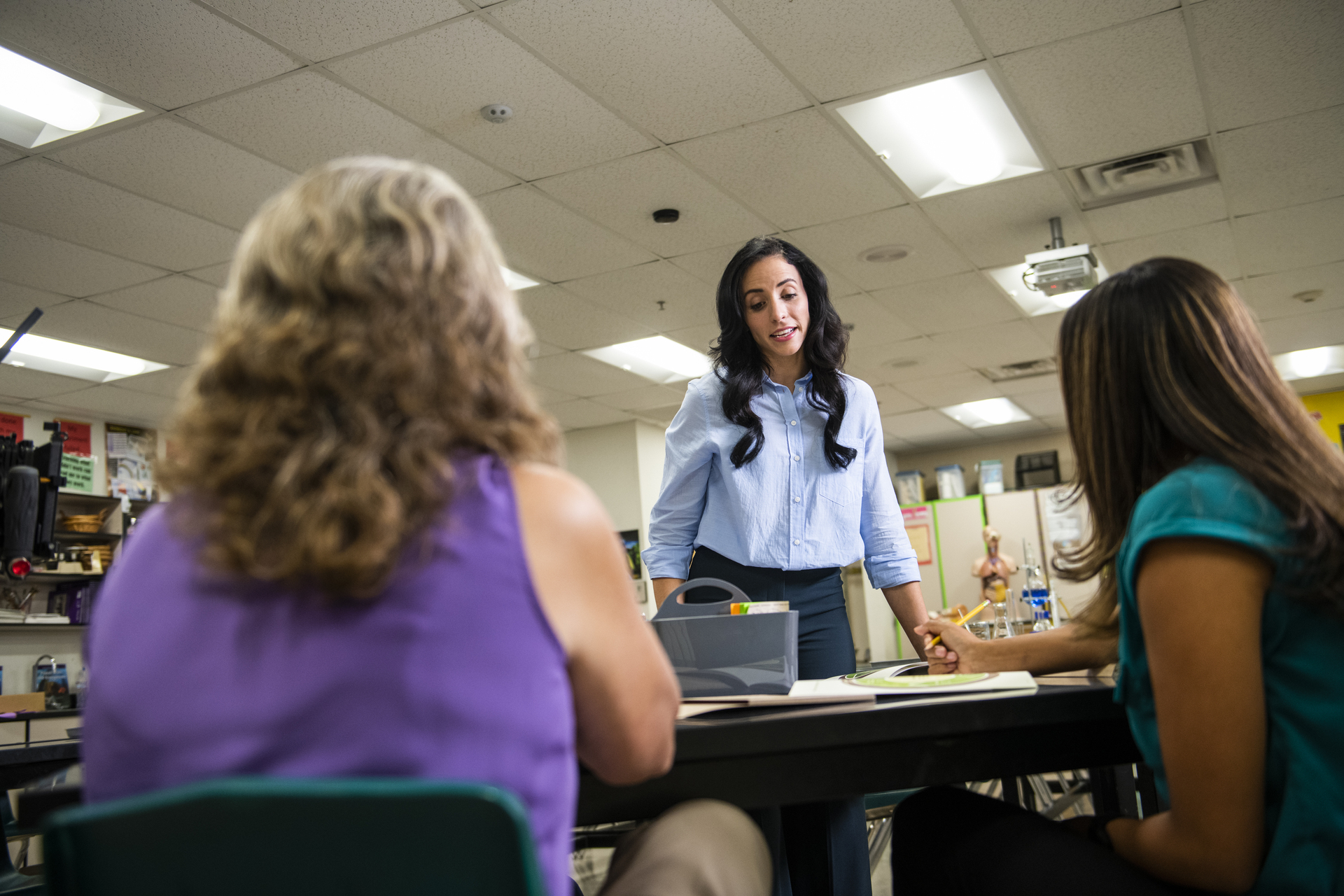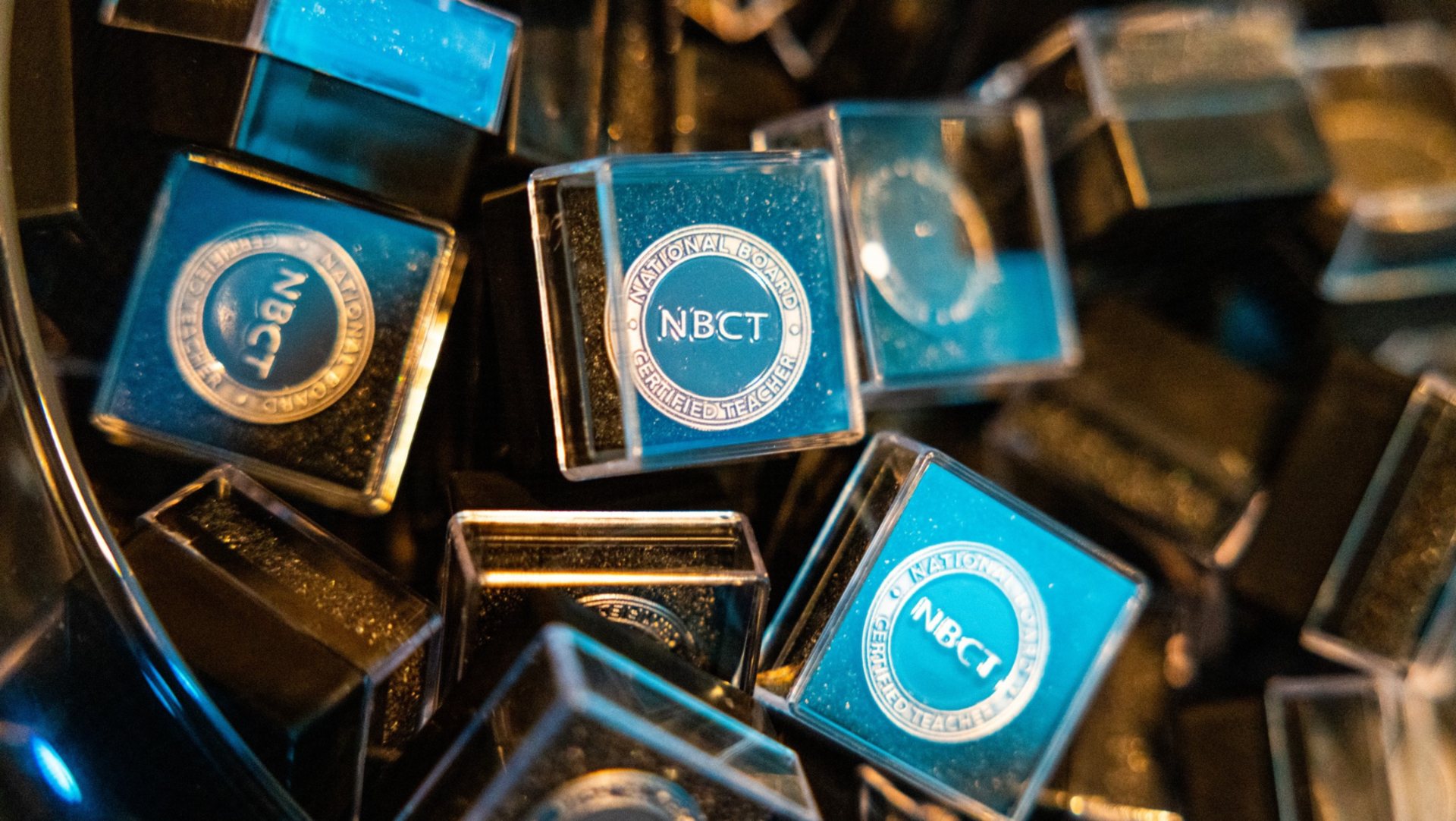August 30, 2017
Nutrition Education in the Classroom
What teachers can do to help our nation’s obesity epidemic.
“One out of every three children today is overweight or obese.”
My jaw dropped when reading that one short sentence. This was not the lighthearted response I expected when I emailed our family pediatrician about K-12 nutrition education.
How could society be failing the health of our future generations at such a colossal rate? Are we really so busy that we haven’t noticed how hard we’ve dropped the ball?
I mean, I understand busy. Life in my house is hectic. Currently an educator-on-hiatus (where my secondary English teachers at?!), I’m a part-time freelance writer and a full-time homemaker (though I prefer “life coordinator,” please). My husband travels for work, so it’s usually me and our four kids — a six-year old know-it-all, a two-year old hurricane, and 5-month old twins.
The infant twins are the easy ones, for the record.
At any rate, there’s no amount of concealer that can hide these dark circles. There are plenty of days when my clothes are stained before I’ve stumbled downstairs, the entire coffee pot is guzzled before 7 a.m., and the last job my overtired, under-caffeinated mind wants to take on is imparting nutritional wisdom on my “mini-me”s.
It’s not just me. Educators have notoriously overfull plates, stacked high with late-night grading, early morning meetings, nonstop planning — and don’t get us started on our email inboxes. Adding a side of nutrition education in our classrooms feels like it’ll tip the scales right into the danger zone.
But I can’t be the only one who finds that college admissions and afterschool staff meetings pale in comparison to the health and wellbeing of our students. If 33 percent are overweight or obese, it seems likely that the majority of our students are suffering from poor lifestyle choices. We’re in a crisis.
And it’s no wonder. Everywhere we go, we’re bombarded with conflicting nutrition and wellness information. Advertising, packaging, and celebrity endorsements go toe-to-toe with fear-inducing documentaries and staggering statistics. How did something as basic as eating become so complicated?
Dr. Karen Prentice, a mom herself, is devoted to educating families. She’s a regular on Arizona Midday and a contributor for Luca Magazine, sharing medical expertise and healthy lifestyle and nutrition tips. A gardener and lover of the outdoors, Prentice is also the author behind An Apple a Day the Doctor’s Way: Dr. Karen’s Nutritional Guide and Cookbook.
Did I mention she’s also a full-time pediatrician at a bustling West Valley clinic? Needless to say, this woman understands how busy life can be — and how important physical health is when it comes to reaching our full potential daily.
“It is extremely urgent to incorporate nutrition into classroom learning,” Prentice says. “We are seeing record numbers of children and teens with high cholesterol and triglycerides — the unhealthy fat in your blood that can lead to heart disease. We’re seeing high blood pressure and type 2 diabetes. Many are going on medication that in years past only adults took.”
It doesn’t end there. Childhood obesity carries a huge range of serious consequences, including cardiovascular disease, bone and joint problems, sleep apnea, and polycystic ovarian syndrome — and the epidemic impacts even more than our kids’ physical health. While there’s no question that a healthy kid is going to perform better in school, some researchers are linking childhood nutrition and weight to academic achievement.
Prentice feels adamantly that we’ve got to make room in our packed schedules for health education. “The solution is proper nutrition and exercise. If we don’t fix this, in 20 to 30 years, we are going to have a very unhealthy adult population with a shorter life expectancy.”
Prentice compares nutrition education to the movement to inform students about the dangers of smoking that was in full steam when she was an elementary school student. “I remember as a young grade school kid learning about secondhand smoke and the effects of smoke on the lungs of not only the smoker, but his or her loved ones. I immediately went home and told my dad to quit smoking — and he did! He’s 92-years old now.”
And while we urgently need to educate our students, it’s still the parents who buy the snacks and the groceries. “All of us need education, help and easy, affordable ideas,” the doctor adds.
You don’t have to tackle nutrition in the classroom on your own. Resources for how to incorporate wellness into all subject areas are a Google search or library visit away. Collaborate with your school nurse, physical education, or health teachers to brainstorm.
Prentice is a fan of the “MyPlate” method, which illustrates the five food groups distributed healthfully in a meal. She explains, “It’s easy and fun and there are free coloring sheets for the kiddos.”
Another resource she recommends for families and teachers is Good Food on a Tight Budget from the Environmental Working Group. “It’s great to tell people to eat healthy, but if they can’t afford it, it’s worthless,” she says.
Prentice also advocates for comparing food choices and teaching our youngest consumers to be savvy choosers. “Bring in some bad food choices like fruit snacks, Goldfish, Pop-Tarts, and juice, and some good food choices like fat free popcorn, fresh fruit, veggies and hummus, water and milk and discuss why each choice is good or bad,” she says. “Visuals are always good.”
The beginning of the school year is the perfect time to commit to teaching the whole child, from the inside out. Understanding our bodies is a lifetime commitment, and making space on our busy, hectic plates just isn’t optional. Let’s work together — families, parents, and educators — to live healthier, better, more vibrant lives.
Resources


